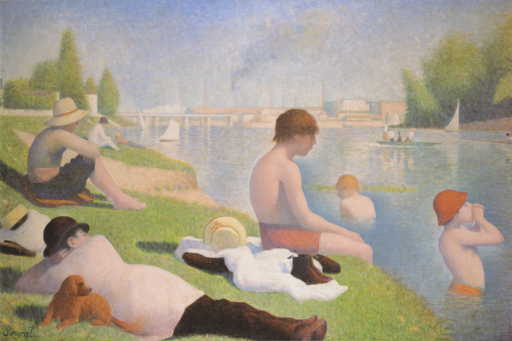No need to telly you that in the long run what will set you apart from the myriads of photographers that you see around is the ability to develop your own vision and style.
It doesn't mean you will be appreciated and become famous but at least you will be unique....and you art will satisfy your need to express yourself.
Although composition is something that you will learn with time, experience and experiments there are anyway some basic concepts that can help you understand why some works of art in history have been more appreciated than others. Learning these very rules for an artist is quite important, it will be then up to you whether to apply these rules or not, but most important one day you will do it in a non-conscious way.
There are many books and articles on the internet that explains the rules of composition and it is all good and nice. In my opinion the best way to learn is to look and understand the work of the old masters of painting.
Why painters?
Think about Henri Cartier-Bresson and the concept of the decisive moment which defined his photographic style. This is simply that moment where all the elements of your photo are at the right place like if a painter would have composed the image.
For a photographer this is a matter of an instant, a fraction. The instant where from chaos you create order: "Once you miss it, it is gone forever" he said in an interview.
The absence of a luxury like time is the reason why Bresson didn't consider the photographer to be like a painter...although he himself started as one. And let me tell you one thing, you can clearly see it in his work.
A classic example of application of the rules of composition is Seurat's "The Bathers". Can you see what he did?


No comments:
Post a Comment